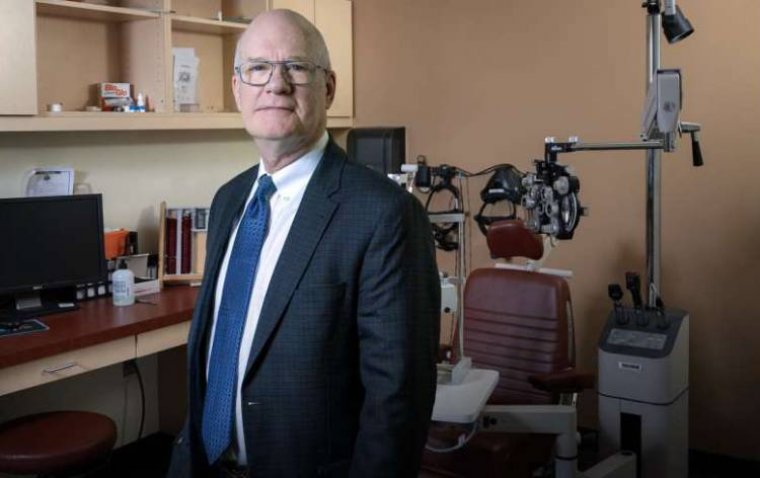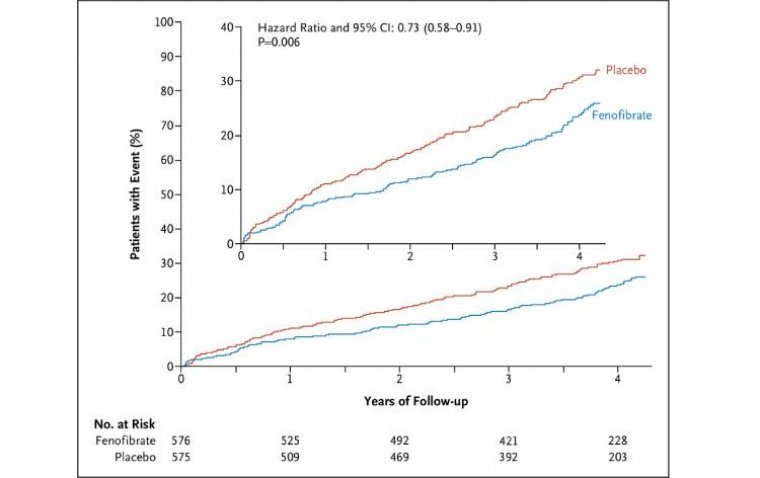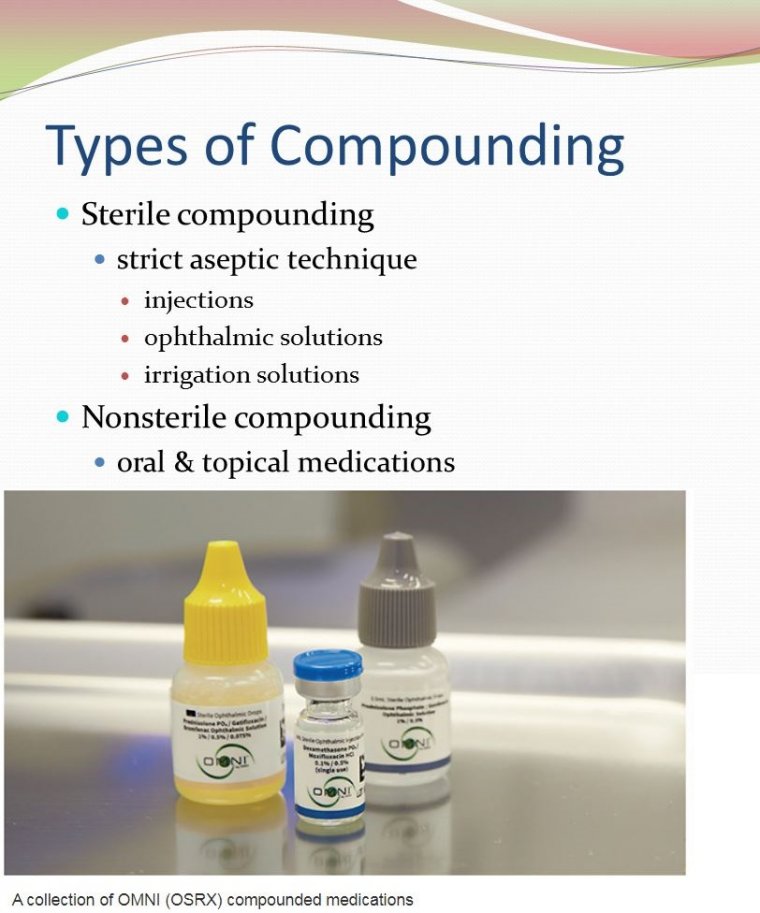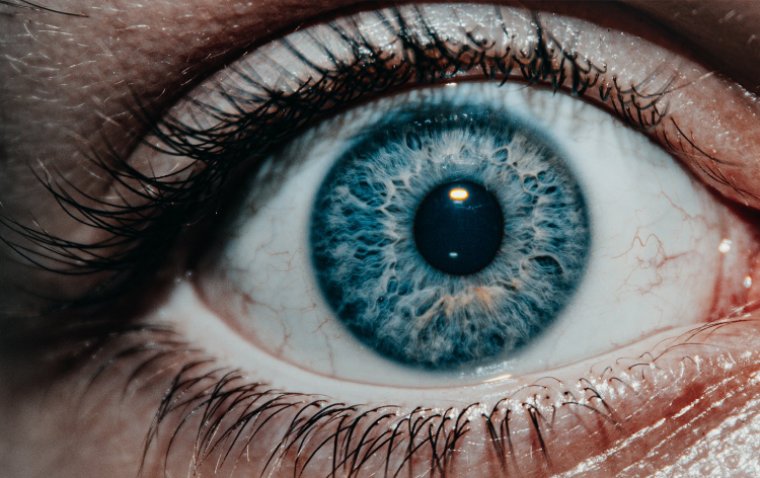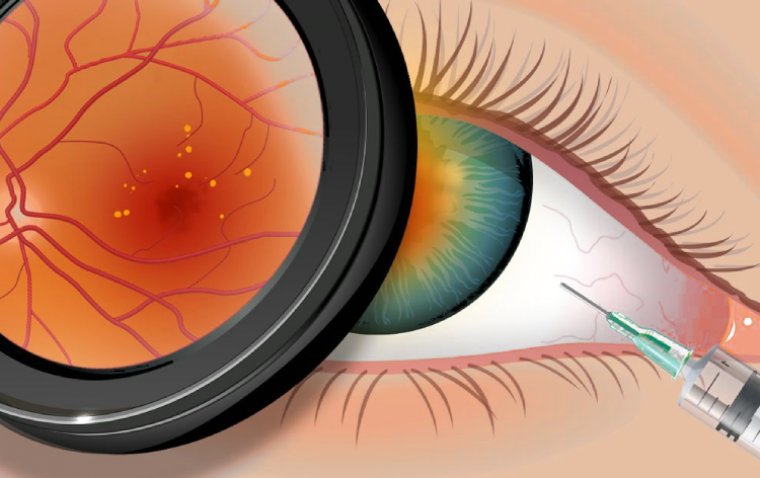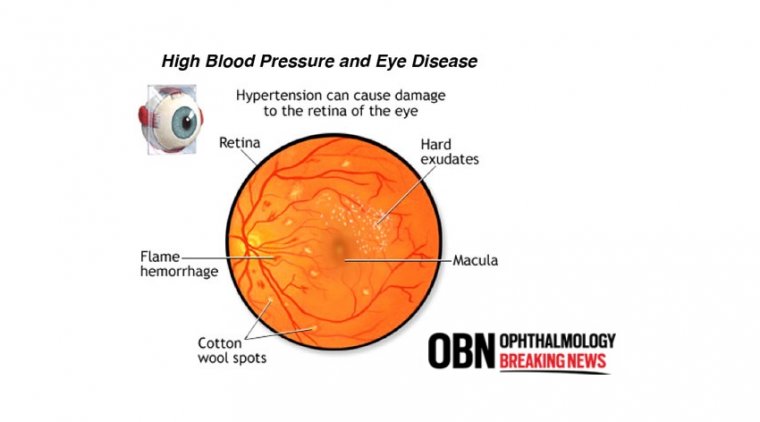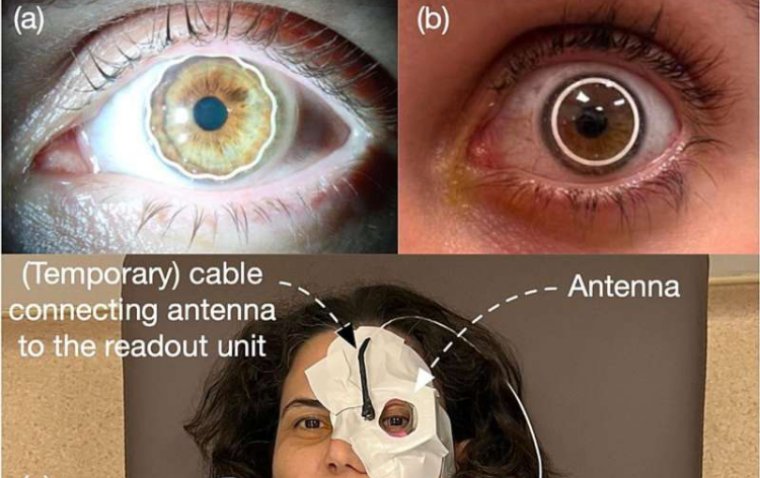
Researchers from the UK and Türkiye Develop Contact Lens to Detect Glaucoma
Academics from the UK and Türkiye have collaborated to create a contact lens equipped with micro-sensors capable of detecting changes in eye pressure, signaling potential glaucoma.
The team behind this innovative development includes Professor Hamdi Torun from Northumbria University and Professors Günhan Dündar and Arda D. Yalçınkaya from Boğaziçi University in Istanbul. Their research, published in Contact Lens and Anterior Eye, details a first-in-human pilot study involving six participants.
The newly developed contact lenses continuously monitor IOP over several hours, with the collected data transmitted wirelessly for analysis by ophthalmologists. The lenses aim to facilitate a more accurate and convenient diagnosis of glaucoma compared to traditional methods.
"Intra-ocular pressure, or IOP, can vary greatly over a 24-hour period, so it is important to monitor the patient either at intervals or ideally continuously for a whole day to get the best insight into the health of their eyes," explains Professor Torun. Traditional methods often involve single-day clinic visits, leading to potentially misleading results due to natural IOP variations.
The team's success in the initial pilot study has paved the way for a larger-scale investigation over the next year. Following successful trials, the lenses will be commercially available through their spin-off company, GlakoLens.
The GlakoLens lenses offer several advantages over conventional glaucoma examinations. Patients can wear the contact lenses throughout their day, allowing for continuous IOP measurements. This approach provides a more accurate diagnosis, particularly given the natural fluctuations in IOP.
The team's technology has been tested on six healthy volunteers, who were intentionally subjected to conditions increasing IOP levels. Unlike previous attempts at IOP-measuring contact lenses using electrically active silicon chips, GlakoLens utilizes an electrically passive sensor embedded in a disposable soft contact lens. This design ensures greater comfort, flexibility, and improved vision for the wearer.
Besides diagnosing glaucoma, the GlakoLens contact lenses show promise in detecting other health conditions by measuring molecules such as glucose and lactic acid in the eye. Professor Torun envisions the technology's potential impact, stating, "We believe this technology has huge potential and could not only save the sight of patients in the early stages of glaucoma but also provide early diagnosis of other diseases in the future."
As this groundbreaking research progresses, the collaborative efforts of UK and Türkiye academics may usher in a new era of accessible and efficient eye health monitoring, potentially transforming early disease detection across various medical domains.
Reference
Ozgur Kaya et al, A first-in-human pilot study of a novel electrically-passive metamaterial-inspired resonator-based ocular sensor embedded contact lens monitoring intraocular pressure fluctuations, Contact Lens and Anterior Eye (2023). DOI: 10.1016/j.clae.2023.102102
(1).jpg)
